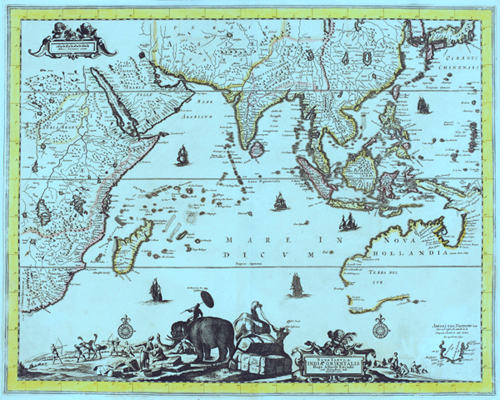Global weapons spending hits record levels
•US accounts for more than half total increase to $1.4tn •China now second biggest spender in world league table
Worldwide spending on weapons has reached record levels amounting to well over $1tn last year, a leading research organisation reported today.
Global military expenditure has risen by 45% over the past decade to $1.46tn, according to the latest annual Yearbook on Armaments, Disarmament, and International Security published by the Stockholm International Peace Research Institute (Sipri).
Though the US accounts for more than half the total increase, China andRussia nearly tripled their military expenditure over the decade, with China now second only to the US in the military expenditure league table.
"China had both the largest absolute and the largest relative increase," says the Sipri report. The increase "has roughly paralleled its economic growth and is also linked to its major power aspirations," it adds.
Other regional powers, including India, Brazil and Algeria, also substantially increased their spending on arms, the report says.
Despite increasing its military expenditure by 3% in real terms in 2008 and by 21% since 1999, Britain faces a significant military budget shortfall. Sipri says this is due partly to the UK's involvement in two conflicts, in Afghanistan and Iraq, which are projected to have cost a total of £12bn ($18bn). It is also partly due to commitments to numerous large weapons procurement projects that cannot be funded under current budget plans. To close the budget shortfall, the MoD decided last year to reduce or postpone, but not cancel, large projects including plans to build two aircraft carriers, and high-tech armoured cars for the army.
"The idea of the 'war on terror' has encouraged many countries to see their problems through a highly militarised lens, using this to justify high military spending," said Dr Sam Perlo-Freeman, head of Sipri's military expenditure project. "Meanwhile, the wars in Iraq and Afghanistan have cost $903bn in additional military spending by the USA alone."
Sipri's yearbook also lists the top 100 arms producing companies, excluding Chinese ones, for which figures were unavailable. Boeing remained the top arms producer in 2007 – the most recent year for which reliable data is available – with arms sales worth $30.5bn. All the top 20 companies are American or European.
Their aggregate arms sales amounted to $347bn in 2007, an increase of 5% in real terms over 2006.
Sipri estimates that in total there are about 8,400 operational nuclear warheads in the world, of which almost 2,000 are kept on high alert and capable of being launched in minutes. Counting spare warheads, those in storage and those due to be dismantled, there are 23,300 nuclear weapons in the arsenals of eight states – the US, Russia, China, the UK, France, India, Pakistan and Israel, according to the yearbook.
The number of people forcibly displaced by conflict has also increased in recent years, with internally displaced persons (IDPs) reaching 26 million, more than twice the number of refugees, says the Sipri report. "For a large share of these people, no sustainable solution is in sight. Mass population displacement is often a result – and even a goal – of violence against civilians."
Weapons are sold to all sides, despite embargoes. Who wins or loses conflicts is of no importance to the arms dealers as long as more conflicts occur.


+copy.jpg)















.jpg)














.jpg)


No comments:
Post a Comment